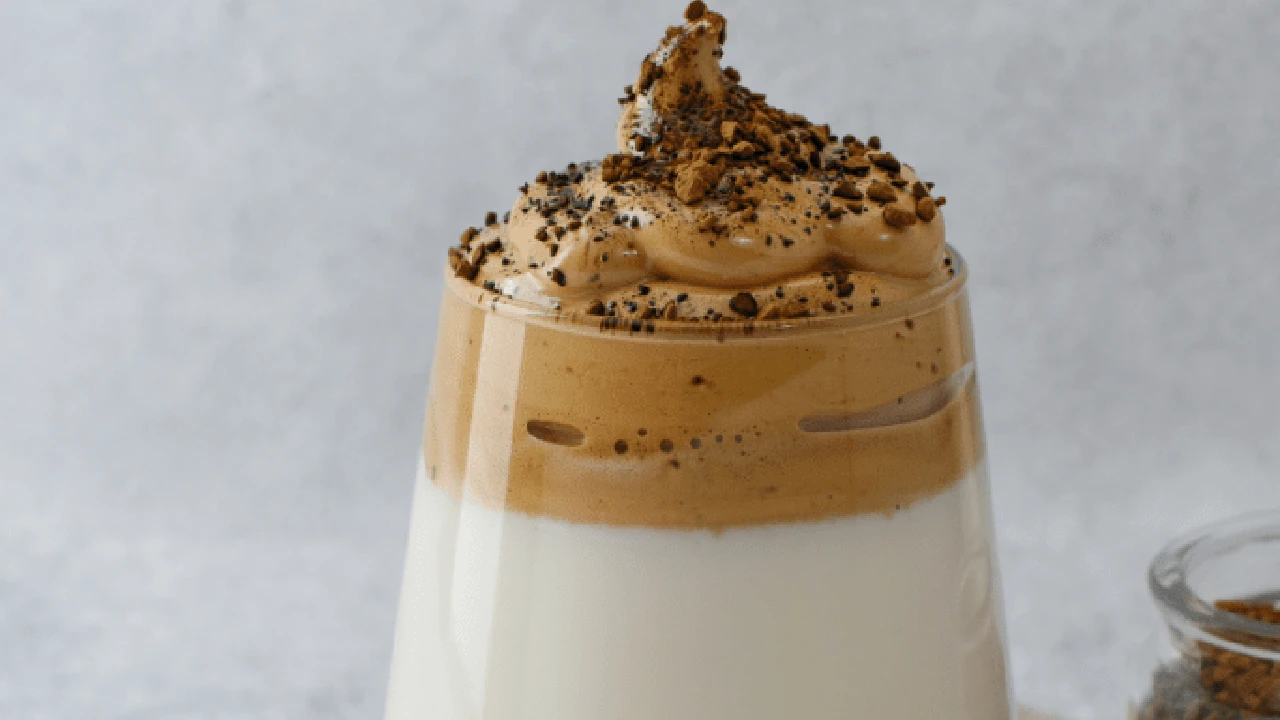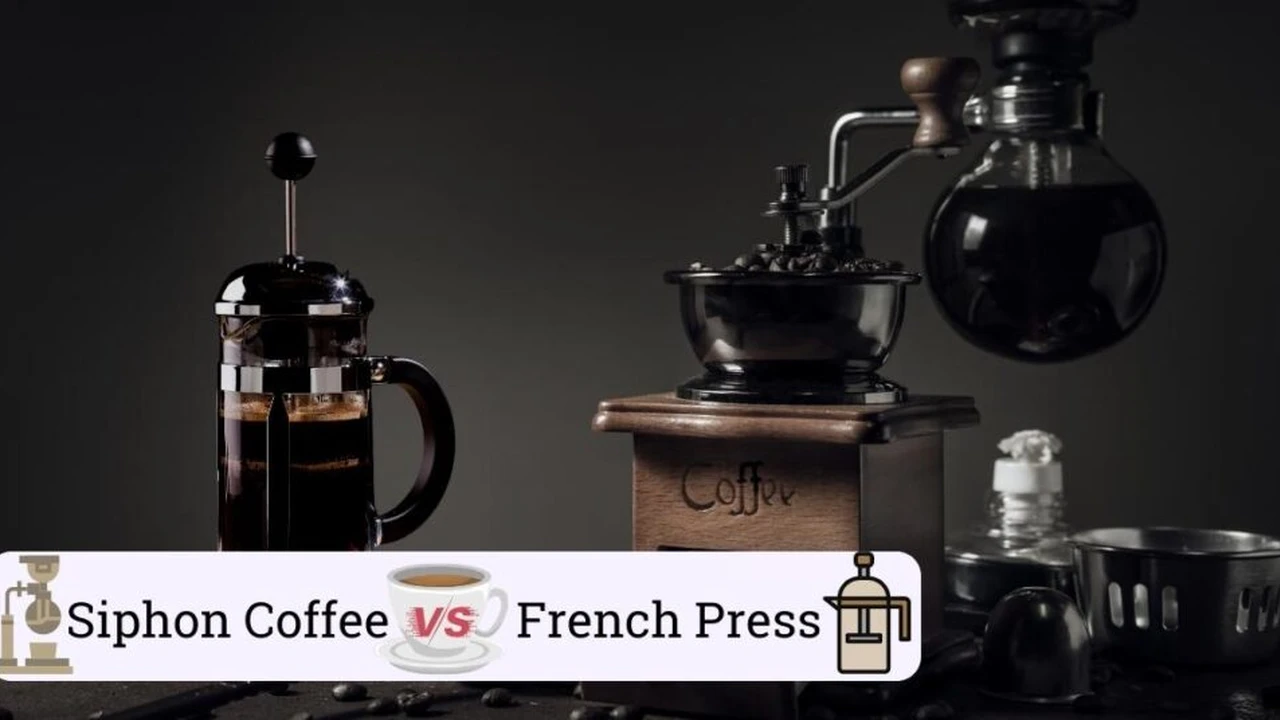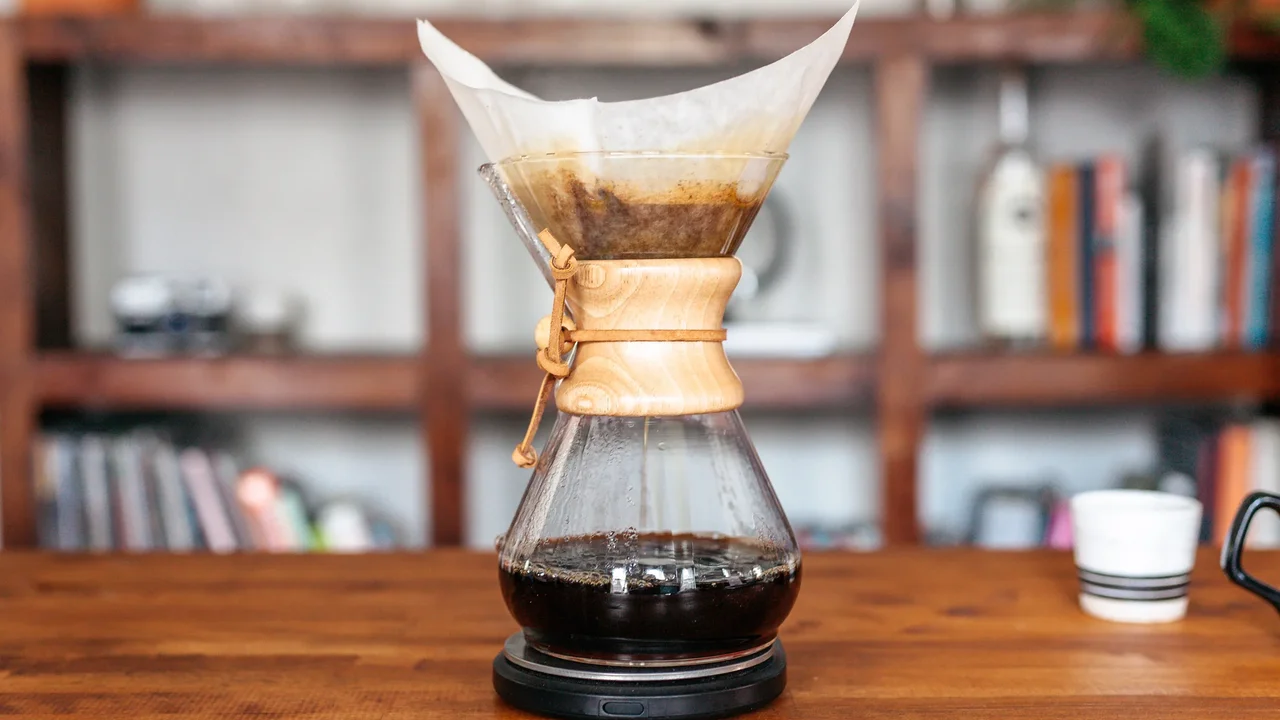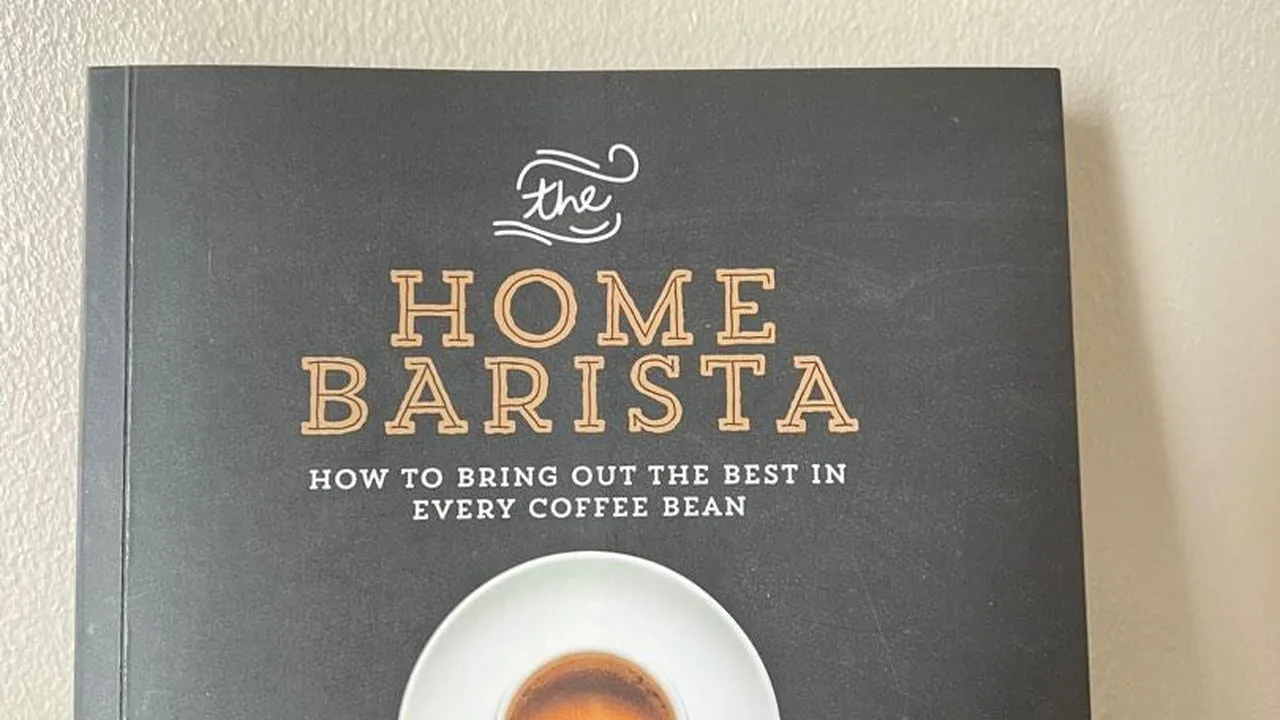5 Best Drip Coffee Makers for Home Use
Learn the secrets to making delicious cold brew coffee. Get tips on ratios, steeping times, and storage for a smooth concentrate.
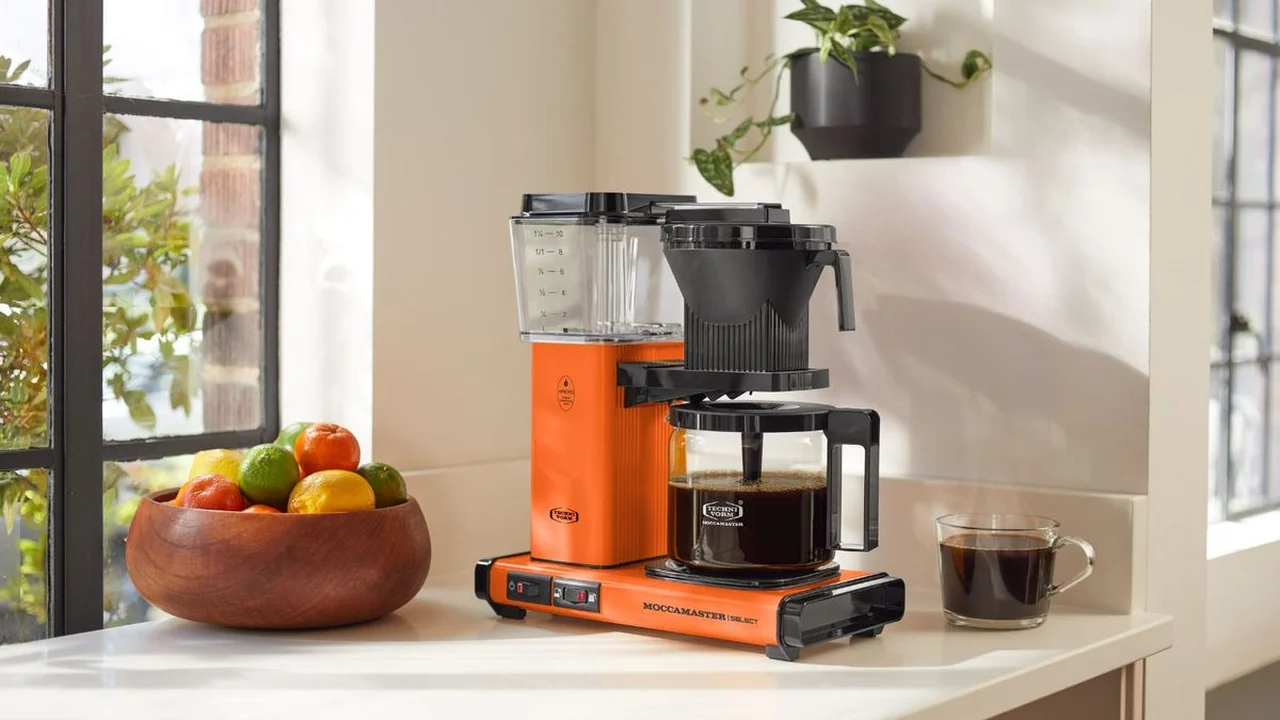
How to Brew Perfect Cold Brew Coffee at Home
Understanding Cold Brew Coffee The Basics
Cold brew coffee has taken the world by storm, and for good reason. It's smooth, less acidic, and incredibly versatile. Unlike traditional iced coffee, which is hot coffee poured over ice, cold brew is made by steeping coffee grounds in cold water for an extended period. This slow, low-temperature extraction process results in a concentrate that's naturally sweeter and less bitter, making it a favorite for many coffee enthusiasts, especially during warmer months. The beauty of cold brew lies in its simplicity and the forgiving nature of the brewing process. You don't need fancy equipment, just good quality coffee, cold water, and a bit of patience. The result is a rich, full-bodied coffee concentrate that can be diluted with water, milk, or even used in cocktails. It's also incredibly convenient, as you can make a large batch and store it in the fridge for up to two weeks, ready to enjoy whenever you crave a refreshing coffee.Choosing Your Coffee Beans for Cold Brew Success
The type of coffee beans you choose significantly impacts the flavor of your cold brew. While cold brew is forgiving, using fresh, high-quality beans will always yield the best results. Generally, medium to dark roasts are preferred for cold brew as they tend to have lower acidity and richer, bolder flavors that stand up well to the long extraction process. However, don't be afraid to experiment with lighter roasts if you prefer a brighter, more nuanced flavor profile. When selecting beans, consider their origin and tasting notes. For a classic, chocolatey, and nutty cold brew, look for beans from Brazil, Colombia, or Sumatra. If you prefer something fruitier or floral, Ethiopian or Kenyan beans might be a good choice. Ultimately, the best beans are the ones you enjoy the most.Grind Size Matters The Coarse Truth
For cold brew, grind size is crucial. You'll want a coarse grind, similar to breadcrumbs or sea salt. This prevents over-extraction and bitterness, and also makes filtration much easier. A fine grind will result in a muddy, bitter cold brew that's difficult to filter. If you're grinding your own beans, use a burr grinder for the most consistent results. Blade grinders tend to produce an uneven grind, which can lead to inconsistent extraction. If you don't have a grinder at home, most coffee shops will grind beans for you. Just be sure to specify that you need a coarse grind for cold brew. Pre-ground coffee from the supermarket is usually too fine for cold brew, so it's best to avoid it if possible.The Perfect Ratio Coffee to Water Proportions
The coffee-to-water ratio is a matter of personal preference, but a good starting point for cold brew concentrate is a 1:4 or 1:5 ratio (coffee to water by weight). This means for every 1 gram of coffee, you'll use 4 or 5 grams of water. For example, if you use 200 grams of coffee, you'll need 800-1000 ml of water. This will produce a strong concentrate that you can dilute later. If you prefer a ready-to-drink cold brew, you can use a higher water ratio, such as 1:8 or 1:10. However, making a concentrate gives you more flexibility to adjust the strength to your liking when serving. Don't be afraid to experiment with different ratios to find what suits your taste buds best.Steeping Time Patience is a Virtue
The ideal steeping time for cold brew is typically between 12 to 24 hours. A shorter steeping time (12-16 hours) will result in a lighter, brighter cold brew, while a longer steeping time (18-24 hours) will yield a stronger, bolder concentrate. Steeping for too long can lead to over-extraction and bitterness, so it's important not to exceed 24 hours. Temperature also plays a role. While it's called 'cold brew,' room temperature steeping can actually extract more flavor. However, for safety and consistency, it's generally recommended to steep in the refrigerator. If you do steep at room temperature, ensure it's a cool spot and filter within 12-16 hours.Filtration Techniques for a Clean Brew
After steeping, the next crucial step is filtration. This is where you separate the coffee grounds from the liquid concentrate. There are several methods you can use:- Fine Mesh Sieve and Cheesecloth: This is a simple and effective method. First, pour the cold brew through a fine mesh sieve to remove the larger grounds. Then, line the sieve with a few layers of cheesecloth and filter the coffee again to remove any remaining fine particles.
- Paper Coffee Filters: For an even cleaner brew, you can use paper coffee filters. After the initial coarse filtration, pour the coffee through a standard drip coffee maker filter or a pour-over cone lined with a paper filter. This can be slow, so be patient.
- Nut Milk Bag: A nut milk bag is an excellent tool for cold brew filtration. Its fine mesh effectively separates grounds from liquid, and it's reusable.
- French Press: If you're brewing in a French press, simply press the plunger down slowly to separate the grounds. You might still want to do a secondary filtration with cheesecloth or a paper filter for a cleaner result.
Storage Solutions Keeping Your Cold Brew Fresh
Once filtered, your cold brew concentrate can be stored in an airtight container in the refrigerator for up to two weeks. A glass jar with a tight-fitting lid or a sealed bottle works perfectly. The concentrate will maintain its flavor and freshness for a considerable period, making it a fantastic make-ahead option for busy mornings. Avoid storing it in an open container, as it can absorb odors from your refrigerator. Also, remember that cold brew is a concentrate, so it's best to dilute it just before serving to maintain its optimal flavor.Serving Your Homemade Cold Brew Deliciously
Now for the best part: enjoying your homemade cold brew! As a concentrate, it's incredibly versatile. Here are some popular ways to serve it:- Classic Cold Brew: Dilute your concentrate with water to your desired strength (usually a 1:1 ratio of concentrate to water, but adjust to taste). Serve over ice.
- Cold Brew with Milk: Add your favorite milk or milk alternative (dairy, almond, oat, soy) to the diluted cold brew. A splash of simple syrup or a flavored syrup can add sweetness.
- Cold Brew Latte: For a creamier experience, use less water and more milk. You can even froth cold milk for a cold foam topping.
- Cold Brew Cocktails: Cold brew makes an excellent base for coffee cocktails like an Espresso Martini (though technically not espresso) or a Black Russian.
- Smoothies: Add a shot of cold brew concentrate to your morning smoothie for an extra caffeine kick and rich coffee flavor.
Recommended Cold Brew Makers and Equipment
While you can make cold brew with just a jar and a filter, dedicated cold brew makers can simplify the process and often yield better results. Here are a few popular options, along with their use cases, comparisons, and approximate pricing:Toddy Cold Brew System
The Toddy Cold Brew System is a classic and highly regarded choice among cold brew enthusiasts. It's known for producing a consistently smooth, low-acid concentrate. The system includes a brewing container, a handle, a glass decanter with a lid, reusable filters, and a rubber stopper.
- Use Case: Ideal for making larger batches of cold brew concentrate for regular consumption. Perfect for families or individuals who drink cold brew daily.
- Comparison: Simpler than some all-in-one systems, relying on gravity filtration. Its unique felt filters are key to its smooth output.
- Pros: Produces exceptionally smooth, low-acid cold brew; durable; easy to clean; reusable filters.
- Cons: Requires a separate container for steeping and filtering; takes up a bit of counter space during brewing.
- Approximate Price: $40 - $50 USD
OXO Good Grips Cold Brew Coffee Maker
The OXO Good Grips Cold Brew Coffee Maker is a popular choice for its user-friendly design and efficient filtration system. It features a perforated rainmaker lid for even water distribution and a convenient 'brew-release' switch for easy draining.
- Use Case: Great for home baristas looking for an all-in-one system that simplifies the brewing and filtering process. Suitable for medium-sized batches.
- Comparison: More integrated than the Toddy, with a single vessel for brewing and filtering. The 'brew-release' mechanism is a standout feature.
- Pros: All-in-one design; easy to use and clean; produces a clean, smooth cold brew; compact for storage.
- Cons: Can be a bit slower to filter than some methods; plastic components might not appeal to everyone.
- Approximate Price: $50 - $60 USD
Takeya Patented Deluxe Cold Brew Coffee Maker
The Takeya Cold Brew Coffee Maker is a highly popular and affordable option, especially for those new to cold brewing. It's designed for simplicity and convenience, allowing you to brew and store in the same pitcher.
- Use Case: Perfect for beginners or those with limited space. Ideal for making smaller, more frequent batches. Great for travel or office use.
- Comparison: Very compact and straightforward. The fine mesh filter is integrated into the lid, making it incredibly easy to use.
- Pros: Inexpensive; very easy to use and clean; fits in most refrigerator doors; durable BPA-free plastic.
- Cons: Smaller capacity than some other systems; plastic construction might not feel as premium.
- Approximate Price: $20 - $30 USD
Filtration Accessories
Beyond dedicated brewers, certain accessories can significantly enhance your cold brew experience, especially if you're using a simple jar method.
- Nut Milk Bags: These fine mesh bags are excellent for filtering cold brew. They are reusable, easy to clean, and provide a very clean separation of grounds from liquid. A good quality nut milk bag (e.g., from Ellie's Best or Pure Synergy) can cost around $10-$15 USD.
- Large Fine Mesh Strainers: Essential for the initial coarse filtration. A good quality stainless steel strainer (e.g., from RSVP International) can range from $15-$25 USD depending on size.
- Paper Filters (Chemex or V60): If you want an ultra-clean, sediment-free cold brew, filtering through a Chemex or Hario V60 with their respective paper filters is highly effective. A pack of 100 Chemex filters costs around $10-$15 USD.
Troubleshooting Common Cold Brew Problems
Even with a simple process like cold brew, you might encounter a few issues. Here are some common problems and how to fix them:- Bitter Cold Brew: This is usually a sign of over-extraction. Try reducing your steeping time, using a coarser grind, or adjusting your coffee-to-water ratio.
- Weak Cold Brew: If your cold brew lacks flavor, it might be under-extracted. Increase your steeping time, use a finer (but still coarse) grind, or increase your coffee-to-water ratio (more coffee).
- Muddy or Cloudy Cold Brew: This indicates that fine coffee particles have made it through your filter. Ensure your grind is coarse enough, and consider a secondary filtration using a finer filter like cheesecloth or a paper filter.
- Mold or Off Flavors: This is rare but can happen if your equipment isn't clean or if you're steeping at too warm a temperature for too long. Always use clean equipment and store your cold brew in the refrigerator.
Beyond the Basics Creative Cold Brew Ideas
Once you've mastered the basic cold brew recipe, the possibilities are endless. Here are a few ideas to get your creative juices flowing:- Flavored Cold Brew: Add spices like cinnamon sticks, cardamom pods, or vanilla beans to your coffee grounds during the steeping process for a subtly flavored cold brew.
- Nitro Cold Brew at Home: While true nitro cold brew requires specialized equipment, you can get a similar creamy effect by shaking your cold brew with a bit of milk or cream in a sealed container before serving.
- Cold Brew Ice Cubes: Freeze leftover cold brew concentrate into ice cubes. This prevents your iced coffee from getting watered down as the ice melts.
- Cold Brew Desserts: Use cold brew concentrate in recipes for tiramisu, coffee-flavored ice cream, or even coffee-infused brownies.
:max_bytes(150000):strip_icc()/277019-baked-pork-chops-with-cream-of-mushroom-soup-DDMFS-beauty-4x3-BG-7505-5762b731cf30447d9cbbbbbf387beafa.jpg)



